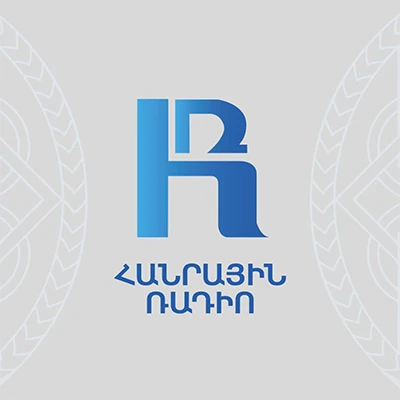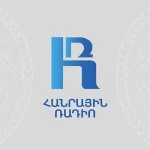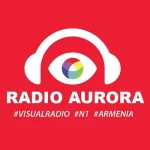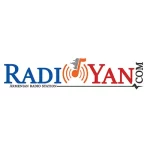Public Radio of Armenia: A Brief History
Public Radio of Armenia (Armenian: Հայաստանի Հանրային Ռադիո, Hayastani Hanrayin Radio; Djsy Armradio) is a public radio broadcaster in Armenia. It was established in 1926 and remains one of the largest broadcasters in the country, with three national channels.
The Early Years
The first experimental radio program called “Voice of Yerevan” was transmitted in Armenia on September 1, 1926. It lasted for 25 minutes and consisted of folk music and local news. It was the beginning of a new era of mass media and communication in the country.
The first radio station was operated by a group of radio enthusiasts who expanded the broadcasting radius to more than 65 villages by 1928. Its hosts were Vergine Babayan and Suren Kananyan, who joined the station in December 1929.
The first radio program published in print media appeared on April 6, 1927. It included news and concerts. Until then, actors and journalists from newspaper editorials were invited to conduct the radio programs.
In 1929, the Republican Radio Committee was formed with 12 employees and an annual output of 2,160-hour programs. In the 1930s, the audience grew significantly and new technical and creative capabilities were introduced.
The Post-War Period
After World War II, the Republican Radio opened new editorial departments, extended the transmission radius, launched the second channel (music and information), created new programs and projects, increased broadcasting hours and expanded its audience.
In 1947, the radio committee was reorganized into a radio informative committee attached to the Council of Ministers of the Armenian Soviet Socialist Republic. The building of new radio transmitters was completed in 1957.
In 1962, the third channel (literature and art) started to operate. In 1978, the station became a member of the European Broadcasting Union (EBU).
The Independence Era
With the collapse of the Soviet Union and the independence of Armenia in 1991, the radio faced new challenges and opportunities. It changed its name to Public Radio of Armenia and became a state-owned entity.
The station covered the events of the Nagorno-Karabakh War, the earthquake of 1988, the blockade of Armenia by Turkey and Azerbaijan, the political and economic transitions and other social issues.
The station also diversified its programs and formats, introducing news bulletins, talk shows, documentaries, music shows, cultural programs and more. It also cooperated with international organizations and media outlets, such as BBC World Service, Voice of America, Radio Free Europe/Radio Liberty and others.
In 1996, the station launched its website (armradio.am) and started to stream its programs online. In 2005, it became a founding member of the Public Television and Radio Council of Armenia.
The Present Day
Today, Public Radio of Armenia operates three national channels: First Channel (general interest), Second Channel (music) and Third Channel (culture). It also has four orchestras: Symphony Orchestra, Chamber Orchestra, Folk Instruments Orchestra and Jazz Orchestra.
The station broadcasts in Armenian and several other languages, such as Russian, English, French, German, Arabic, Persian and Kurdish. It also has a large sound archive that preserves the cultural heritage of Armenia.
Some of the popular programs and presenters of Public Radio of Armenia are:
- Morning News with Armine Gevorgyan
- Armenian Diary with Nune Aylanjyan
- Music Time with Lilit Muradyan
- Culture Hour with Ani Hakobyan
- Jazz Club with Vahagn Hayrapetyan
- Eurovision Song Contest with Gohar Gasparyan
- Armenian Genocide Remembrance Day with Ara Tadevosyan
Public Radio of Armenia is one of the oldest and most respected media institutions in Armenia. It continues to inform, educate and entertain its listeners with quality programs and services.
Website: en.armradio.am
Facebook: armradio.am
Twitter: @armradio
Wikipedia: Public_Radio_of_Armenia
Language: Armenian
Email: info@armradio.am
Cell: +374 10 570970
Address: 5 Alex Manukyan str., Yerevan, Armenia.







